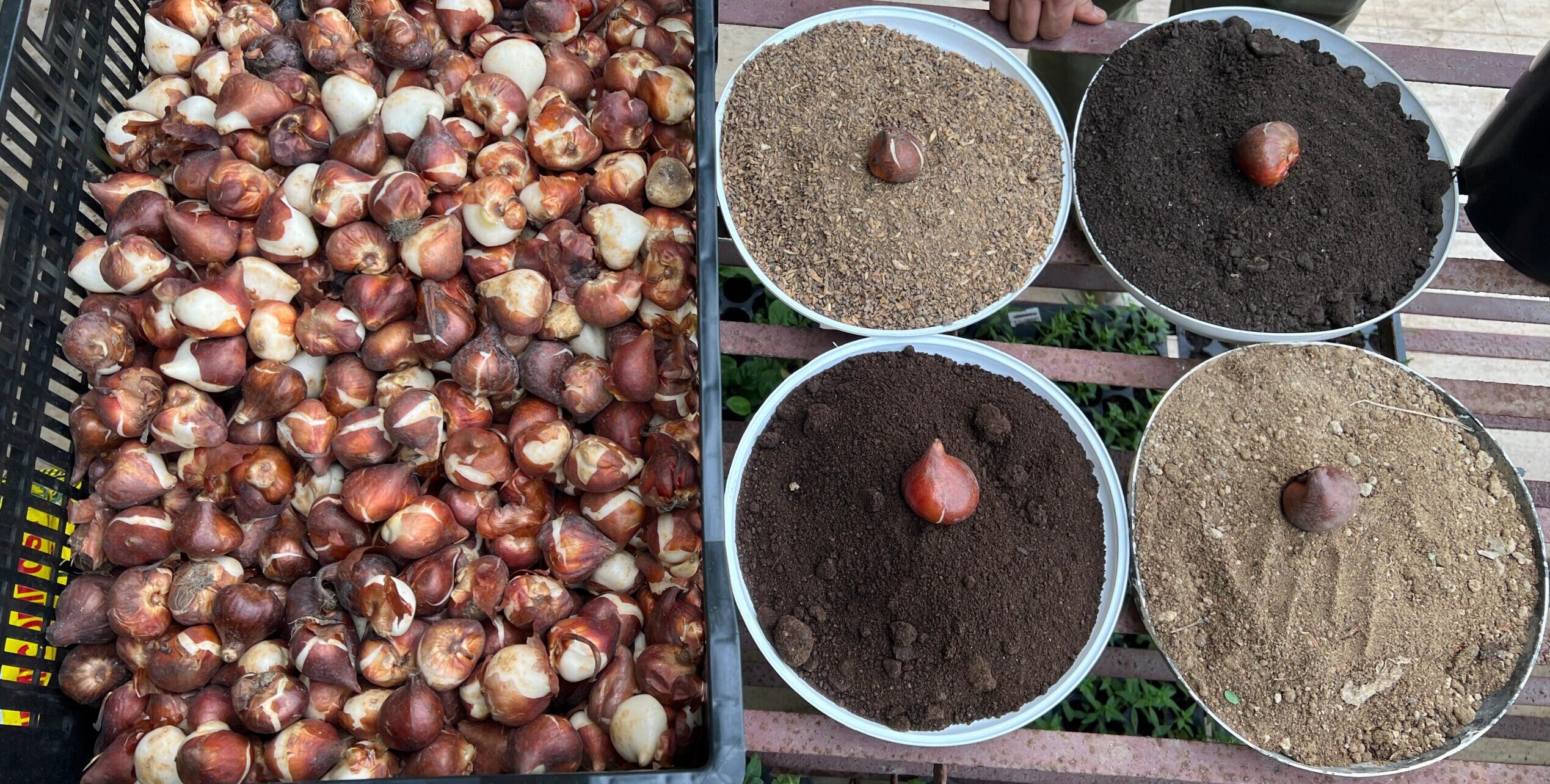Flower bulbs are a wonderful addition to any garden. They bring vibrant colors and a touch of elegance to your outdoor space, making your garden bloom with life. Whether you’re a seasoned gardener or just starting, growing flower bulbs is a rewarding and relatively simple process. In this comprehensive guide, we will walk you through the essential steps to help you successfully grow beautiful flowers from bulbs.
1. Selecting the Right Bulbs
Choosing the right flower bulbs is the first step in your journey to a blooming garden. Here’s what you should consider:
- Climate: Ensure that the bulbs you choose are suitable for your region’s climate. Some bulbs thrive in colder climates, while others prefer warmer conditions.
- Bulb Type: There are various types of flower bulbs, such as spring-flowering bulbs (tulips, daffodils) and summer-flowering bulbs (lilies, dahlias). Select bulbs that align with your desired bloom season.
- Size: Different bulbs produce plants of varying sizes. Choose bulbs that fit well within your garden space.
2. Preparing the Planting Site
Before you start planting, it’s essential to prepare the soil properly. Good soil preparation will set the stage for healthy growth. Here’s what you need to do:
- Soil Quality: Make sure the soil is well-draining to prevent waterlogged conditions that can harm your bulbs.
- Soil Amendments: Mix organic matter, such as compost or well-rotted manure, into the soil to improve fertility and structure.
- Planting Depth: The depth at which you plant your bulbs is crucial. Generally, bulbs should be planted at a depth that is about two to three times their height.
- Spacing: Follow the spacing guidelines on the bulb packaging to ensure that the bulbs have enough room to grow without crowding each other.

3. Planting Your Bulbs
Now that your soil is ready, it’s time to plant your flower bulbs:
- Positioning: Place the bulbs with the pointed end facing up and the root end facing down. This ensures that the shoots emerge correctly.
- Covering: After placing the bulbs at the appropriate depth, cover them with soil, gently firming it down.
- Watering: Water the planted area thoroughly after covering the bulbs. This helps settle the soil and initiates growth.
4. Caring for Your Bulbs
Taking care of your bulbs is relatively easy, and it’s important to ensure their well-being:
- Mulching: Apply a layer of organic mulch, like straw or wood chips, to help retain moisture, regulate soil temperature, and suppress weeds.
- Watering: Bulbs need consistent moisture, especially during their active growth period. Keep the soil evenly moist, but avoid overwatering, which can lead to rot.
- Fertilizing: You can feed your bulbs with a balanced, slow-release fertilizer during their growing season to provide the necessary nutrients.
- Deadheading: Remove spent flowers to encourage further growth and prevent the plant from using energy on seed production.
5. Post-Bloom Care
Once your bulbs have finished flowering, don’t rush to remove the foliage. Allow it to die back naturally. This period of photosynthesis allows the bulb to store energy for the next growing season.
In conclusion, growing flowers from bulbs is a rewarding experience that adds natural beauty to your garden. By selecting the right bulbs, preparing the soil adequately, and providing proper care, you can enjoy a garden full of vibrant and colorful blooms. Happy gardening!



